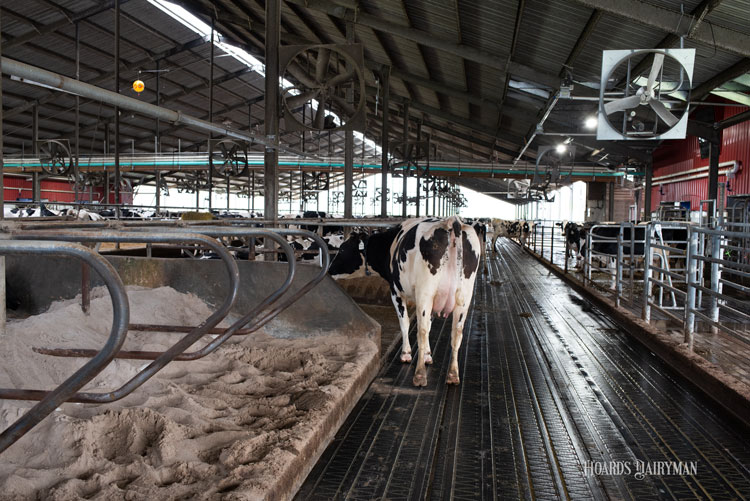
Dairy technology has exploded in the last few decades, and for that we have both innovation and necessity to thank. If labor laws continue to expand as they already have in a few states, the necessity of laborsaving technologies may become even more urgent.
Between smaller labor pools to draw from, more overtime restrictions, minimum wage improvements, and wider authorization of unions, finding employees while providing good working conditions on dairy farms is becoming more and more difficult and costly.
“There’s been research where we’ve found that labor cost and labor efficiency were the single most highly-correlated factors with dairy farm profitability,” said Cornell University economist Chris Wolf on the February 3 Hoard’s Dairyman DairyLivestream.
“Human resources management risk is also a primary risk for dairy farms,” he continued. “The cows have to be milked at least twice daily, and so having healthy, available, and affordable workers is increasingly important. Having a plan to deal with that is a primary part of risk management on a dairy farm in the U.S. today.”
For a growing number of herds, that plan involves technology. The most common example of this is automatic milking systems, but other tools include everything from automatic calf feeders and feed pushers to health monitoring systems and barn cameras.
There’s a cost to everything
One DairyLivestream viewer asked the logical next question: At what wage rate can robotic systems cost-effectively replace human labor?
Of course, it depends on a number of factors related to your farm’s production model, but Wolf identified that tools do exist to estimate this number. “At some point, it gets high enough, especially if we consider risks related to immigration if you’re dependent on that type of labor and other things like that,” he said.
In a way, technologies can be viewed as prepaying labor just as you might prepay other expenses. “What you’re doing is putting a big investment up front, but don’t ignore the fact that you also have maintenance over time,” Wolf noted.
Comparing the tradeoffs between human and mechanical labor will continue to play into decisions dairy producers must make for their business. “One of the results of these changes in ag labor going forward is to increase the cost of labor relative to capital. Over time, we’re seeing if labor becomes more expensive relative to technology, then you might use the laborsaving technology,” he said. “Maybe robots haven’t come down in price, but if labor keeps going up, then in a relative sense, they’re coming down.”
To continue the cycle, “Then we’re seeing more investments in that laborsaving technology across herds in all different areas across all different sizes,” Wolf said. “That’s going to continue to be important, and that’s part of the discussion we’re having because smart investments are the way that you are around in the long run.”
An ongoing series of events
The next broadcast of DairyLivestream will be on Wednesday, February 17 at 11 a.m. CST. Each episode is designed for panelists to answer over 30 minutes of audience questions. If you haven’t joined a DairyLivestream broadcast yet, register here. Registering once registers you for all future events.








